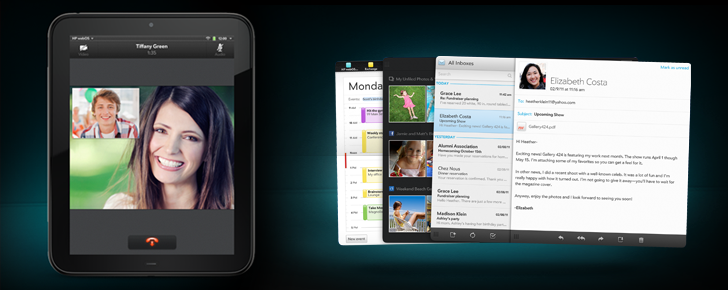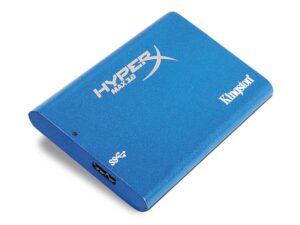
Ganging up on Apple: The Sony and HP Puzzle
Since its release, the HP TouchPad has struggled to find any hardware design praise from most of its early adopters for very obvious reasons: its direct rivals, the Apple iPad 2 and Samsung Galaxy Tab 10.1 are sleeker and less clunky. As a late entrant into the competition space, it is naturally disappointing to see that it barely overcomes even the original iPad in design superiority. That is a massive blow in an arena where aesthetic appeal is essential in fighting for consumers’ favor. What an irony for a tablet with arguably one of the best-operating systems for mobile devices, the WebOS. The version 3.0 (excusing its bugs) is robed with a candy-eye UI on which it wisely utilizes its Cards philosophy for apps management, and Synergy as an elegantly executed Personal Information Management hub that caters for data integration from multiple third party accounts like Google, Linkedin and Facebook, it feels as natural as Apple could have conceived as the undisputed leader in the touch-based operating systems race.
Even the touch-to-share concept of transferring information between WebOS devices can be described in action as ‘sweet’. The WebOS is a remarkable OS that is ‘starved’ of a beautifully designed piece of hardware to complement its prowess in the sphere of mobile devices. So it naturally lags in most areas of the competition such as apps catalogue and market share that it can be termed to suffer from the ‘Apple Curse’; a widespread situation of ‘do one great and mess up the other ‘across the mobile devices space.
And then there is Sony, also late to the tablets competition. Still, with bold and gorgeous double offerings in hardware, design codenamed S1 and S2 bring much relief from iPad copycats and lookalikes. Why Sony could not find better names than these(even as codenames) is almost a disappointment for tablets evoking such a sense of premium in style and pride. The S1 is a 9.4 inch (1,280 x768 pixel) touch screen show-off fashioned in a wedge-shaped design that refreshes our familiarity with the tablet all over again. It is lightweight yet durable in appearance and feels and fitted to expectations with the key hardware elements. Its smaller sibling, the S2 is perhaps, even a skewed challenge to Steve Jobs’ assertions that a successful tablet cannot be made on a less than 10-inch screen estate. This is a dual 5.5-inch screen tablet separated by hinges for foldability.
It is a clamshell that ushers in a new level of portability for tablets because it can fit snugly in pockets. Laid out flat, both screens combine into one for media viewing or separate into the content display (upper screen) and keyboard (lower screen) for productivity. It’s design and finish are, just like the S1, of premium quality, but they both run on the Android(Honeycomb) operating system. Android may not exactly be inferior to iOS in any sense. Still, its ubiquitousness does these two efforts no great favors because tons of calamitously designed and cobbled tablets are on the market running on the same OS. Is it a case of the ‘Apple Curse’ on Sony too?
So let’s imagine a marriage of Sony’s high-quality hardware and HP’s WebOS and a good bit of marketing muscle; that reality might genuinely give Apple reasons for worry. Yet somehow, such rarely happens. Not even Microsoft has responded with a commendable effort in Windows Phone 7, has managed to find a partner (Nokia is hardly synonymous with premium designs) to offer a truly stunning design to threaten the iPhone’s appeal. If there is a curse on all the others by Apple, it may continue for a long time yet.

